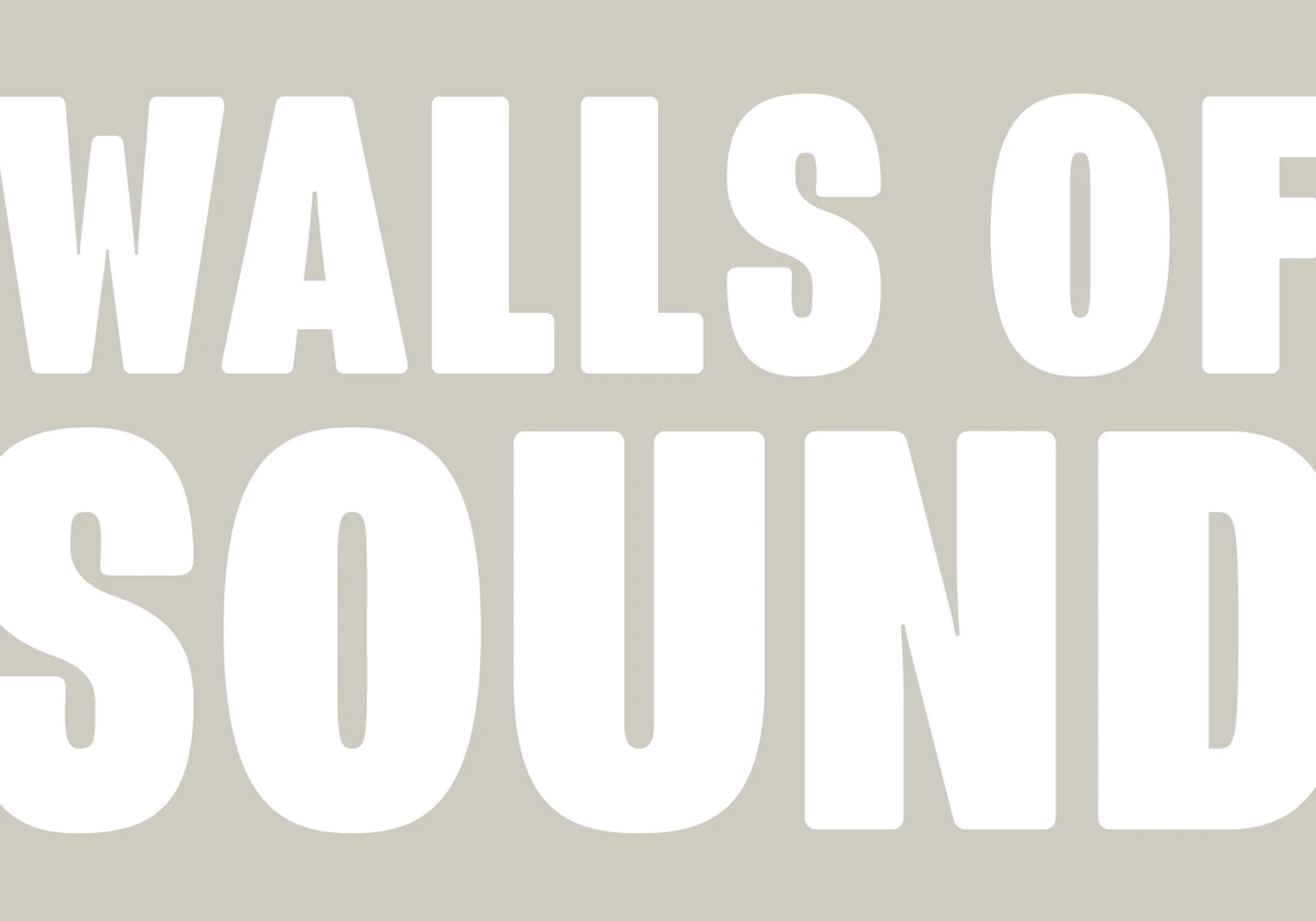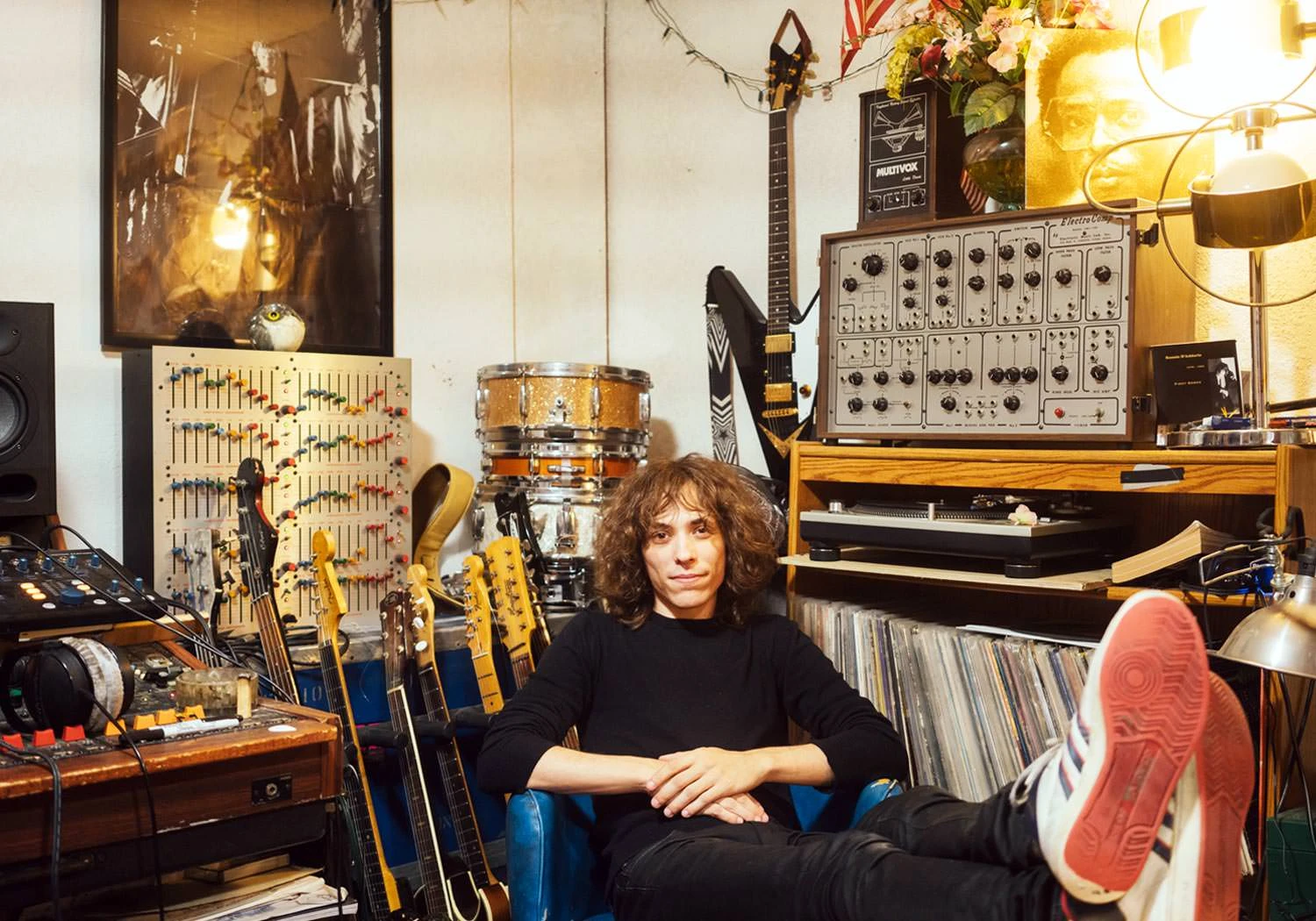Equalization is a powerful weapon — something that can easily be abused and overused. We know frequencies are divided into lows, low mids, high mids and highs, but how helpful is that in terms of music? How and when should one use EQ?
Too much equalization causes frequencies to be pulled out of phase, potentially harming the integrity of a mix. A good general rule when using it is to have no more than 12 dB of combined added EQ across an entire mix. Keep it simple. If you're somehow not happy with the sounds you are getting, you change the variables at the source as opposed to "fixing" it later with EQ or other processes. This means trying different mic positions, different mics, different mic pres, changing drum heads, changing amps, switching instruments, or repositioning the source in the room — before using EQ. So to have no more than 12 dB of added EQ with that approach isn't difficult in practice and keeps you confined to finding the right sound before committing it to tape. Obviously there are certain special effects that one will try to achieve using EQ. That is a special application and is not what we're discussing here. What I'm suggesting is not to use EQ as a crutch when getting sounds, but rather a subtle solution to problems encountered during mixing.
Before using EQ try panning. Try moving a signal around in the stereo field before applying EQ. Often something that is difficult to hear in one area of a stereo image will clearly emerge when moved to another area. The idea of subtracting frequencies as opposed to adding is a valuable lesson. If something needs more highs, try subtracting lows before adding highs, and vice versa. The sound will remain more even and natural, and will likely sit in the mix better. It can mean the difference between a clear and enjoyable mix or one that's overloaded with harmonic distortion, phase errors and is fatiguing to listen to.
From legendary mixer Malcolm Chisholm, I would like to share with you his terminology to describe frequencies as related to music. The frequencies given are general starting points and are to be thought of as a range, not absolute values. These are subjective terms, so you may apply your own.
They may be used with either shelf or notch type EQs. It's up to you to decide which type is to be utilized. Shelving EQ will affect everything from the center frequency and on up or down. Notch or peak EQ will affect only the center frequency chosen plus a few dBs of frequencies on either side depending on the Q value or bandwidth of the filter.
Let's start at the bottom with 30 Hz, known as, um, "balls". Need more of that weight of the kick? Add some "balls" to it. 80 Hz is the "rumble" of a sound. At 100 Hz you get into the "useless" or muddy range.
At 200 Hz is where you start adding or taking away the "warmth" of a signal. I sometimes add it for lack of an audible proximity effect. At 700 Hz you'll find "bass presence". Not hearing enough of the bass? Instead of raising the level, try adding some 700 Hz to it and see how it feels after that.
As we get into the upper ranges we should consider that humans hear and respond best to frequencies between 1-5 kHz. The reasons are simple. A newborn baby cries at around 3 kHz. We also speak and sing within that range. Evolution has tuned our brains to hear best at those frequencies.
Let's move onto 1 kHz, or "level". Not hearing a track well enough? Instead of raising the fader and bringing up all the frequency content, try adding a little 1 kHz. Or cut a little 1 kHz to bring a signal down in level. With 3 kHz you have "presence". Keeping in mind the idea about the frequencies of human speech, if a vocal is too present or not present enough, try adding or subtracting some 3 kHz.
My favorite term is for 5 kHz. This is known as "poison". A little 5 kHz sounds wonderful but too much will kill you, so use caution. For example, it will open up the top end of a vocal but also add annoying sibilance. It's a magical frequency that mixers often abuse. I once was talking with a mastering engineer and joked that when my clients can't really afford mastering, I'll just squash the hell out of everything and add a lot of 5k. He just stared at me and said, "Oh, you're one of those." So beware of 5 kHz. It sounds good, but it's poison, like a drug, and what might seem nice can turn around and bite you in the end.
Finally at 8 kHz and up we get to "brilliance". I think the term "brilliance" is self-explanatory. It's the shine or the sparkle of something.
Hopefully this will help some engineers and musicians to get a better idea of EQ, and that in using this knowledge they will remain cautious and respectful. It's okay to keep it simple and to be frugal in the processing of sounds — especially remember to always return to the source if possible and get it "right" there. As Malcolm would say, "This ain't rocket science!"





